What is the current flag of Cuba, what is its history, and what does it mean? The YPT team is here to answer all your Cuban flag questions.
As our frequent flyer YPT VIPs may already know, we have a series of blogs on flags around the world, with top picks being our Cambodian Flag and of course, North Korean Flag blogs.
Cuba’s flag is interesting for being one of the very few flags belonging to a Communist-run country that doesn’t incorporate any Communist iconography. It’s also interesting for not having been designed by a Cuban.
Table of Contents
What is the current flag of Cuba?
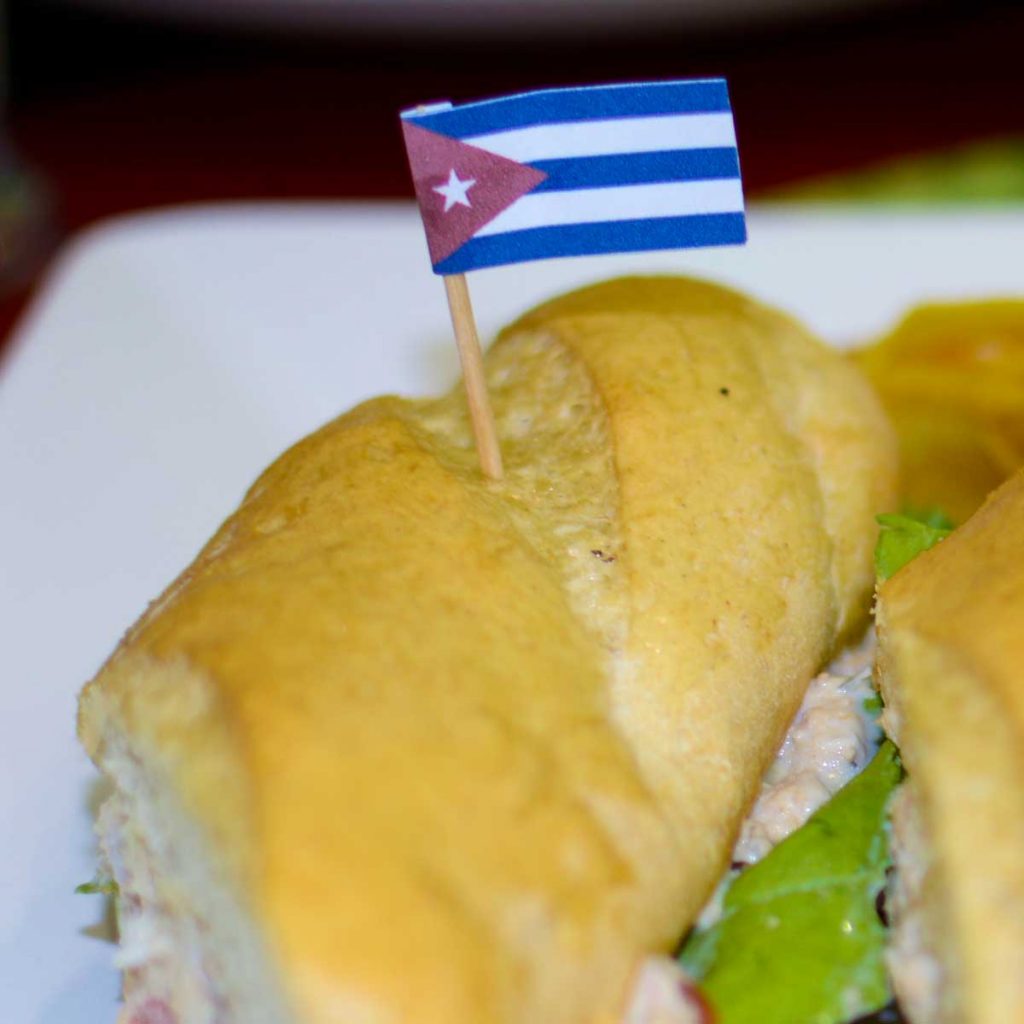
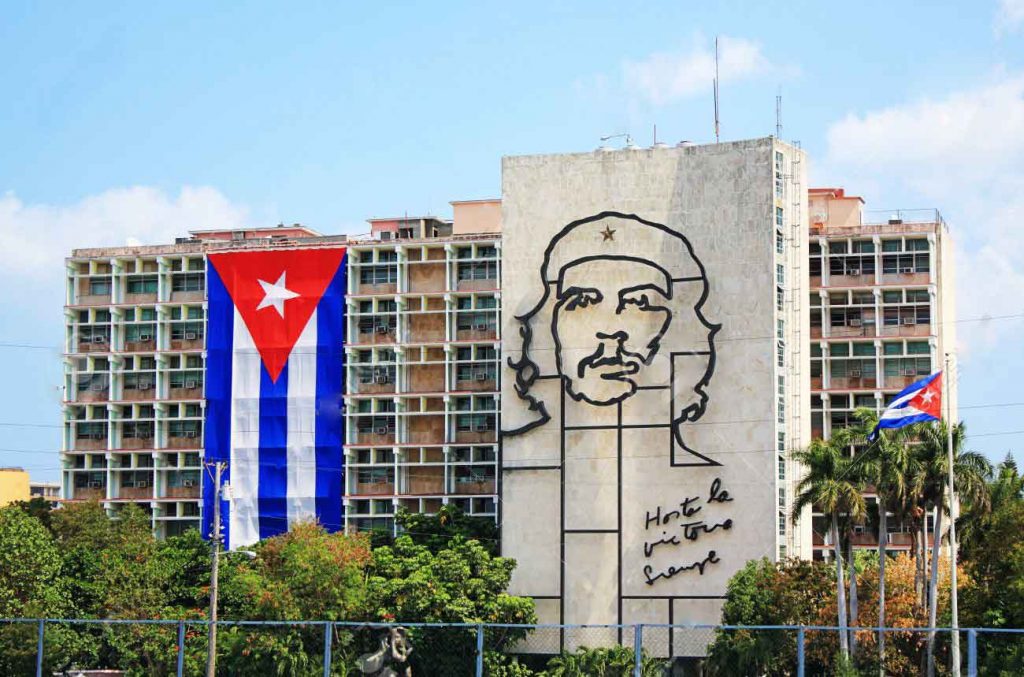
The current flag of the Republic of Cuba (the official name of the state) and the rules around its use are laid out in its “Law of the National Symbols” last updated in 2019 and making some very dry reading in legal Spanish. In theory, this prohibits the Cuban flag being used on clothes, though in practice nobody will care about a tourist wearing a t-shirt or bandana bearing the Cuban flag.
The national flag was designed by Narciso López, a Venezuelan who tired of fighting for the Spanish imperial crown in his home country and joined the rebel side, leading an expedition to capture the Cuban town of Cardenas and hoisting the flag whose design came to him in a dream over the town in 1850. For his trouble, he was caught and executed by the Spanish a year later.
The Lone Star flag, as it is sometimes referred to, is rich in symbolism:
- The three blue stripes, for the three administrative provinces which Cuba was divided into at the time;
- The two white stripes, for the purity of the ideals of the Cuban independence movement;
- The triangle at the hoist side, for the ideals of liberty, equality and fraternity – borrowed from the French revolution;
- The red colour of the triangle, for the blood that would be spilled in the war of independence;
- The five-pointed star – nothing to do with socialism (which had barely been conceived of at that time) but maybe surprisingly representing the then-popular idea that Cuba’s destiny was to be a State in the Union – that is, part of the United States.
Other Cuban flags
People joining our May Day tour will see a huge number of banners and flags being carried by the million or so people who take part in this spectacular event. Some of the more common ones include:
26 July Movement
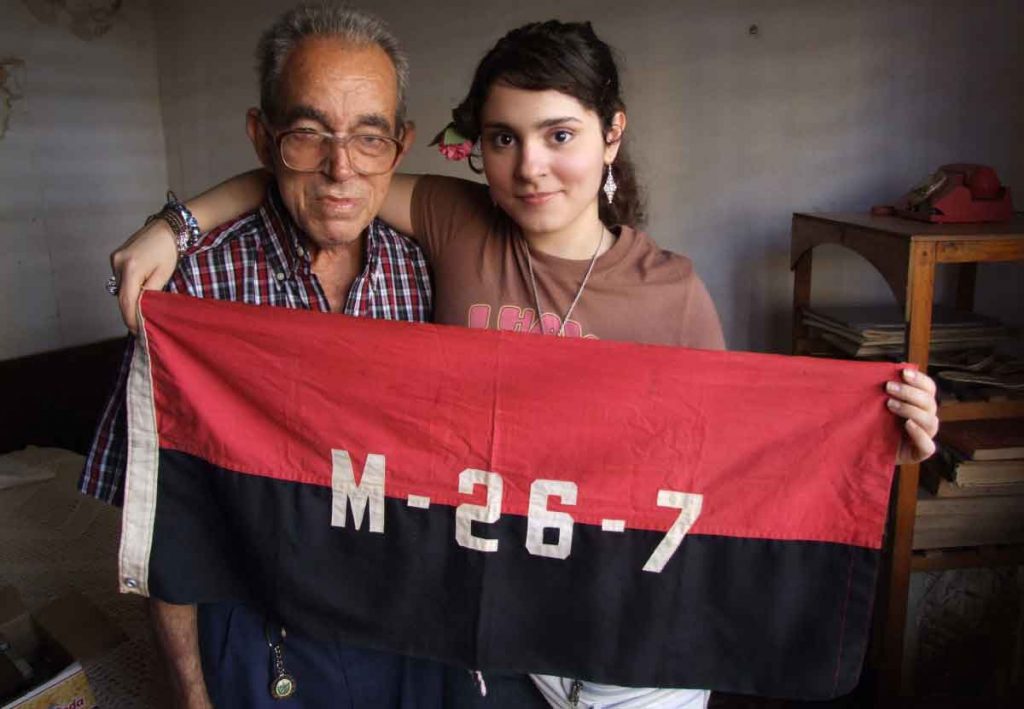
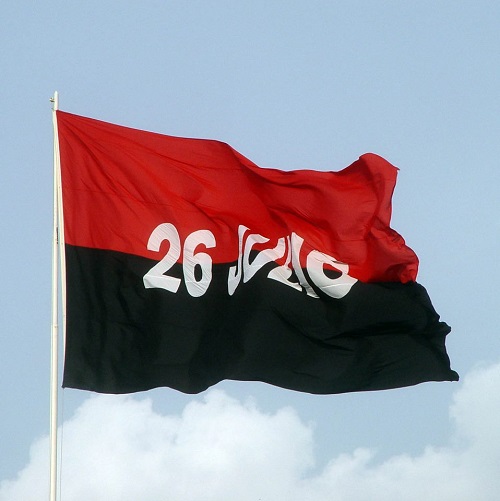
Fidel Castro kicked off the Cuban Revolution on 26 July 1953 by attacking the Moncada Barracks. The plan went badly wrong and Fidel was locked up, but when he was released he founded the Movimiento 26 de Julio to continue the struggle against the incumbent dictatorship. The origins of the red-and-black-striped flag are obscure – some suggest that the colours come from the Santeria religion, having its roots in the Yoruba culture brought over with slaves from Nigeria. Armbands were hand-made to identify guerrilla fighters during the revolutionary struggle; nowadays the flag is flown to show support for the revolutionary movement in Cuba.
Flag of Demajagua
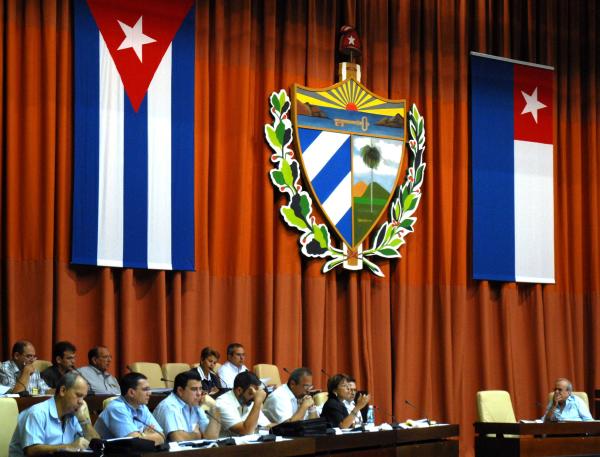
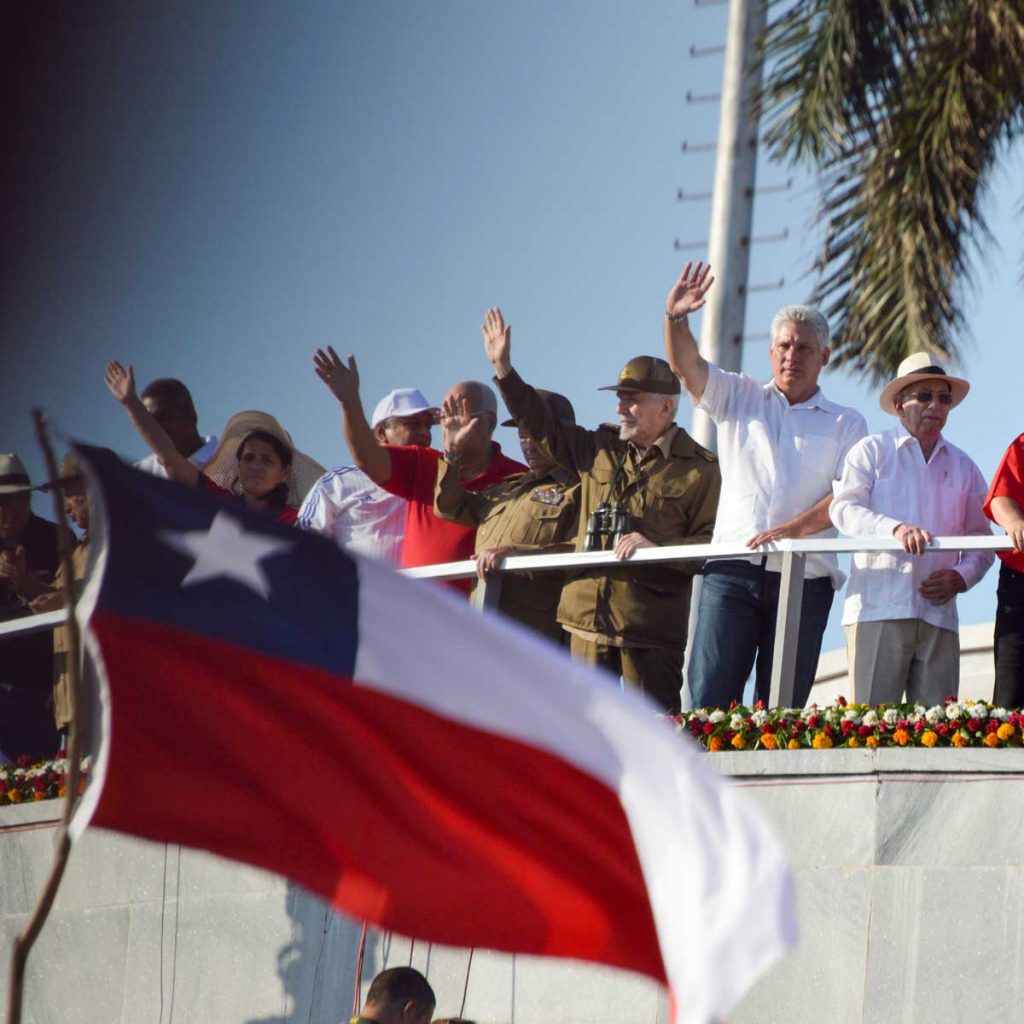
Sometimes known as the Flag of the 10 October, this flag was based on that of Chile, which had allowed Cuban independence movement rebels to use its flag on the high seas to avoid trouble with Spanish patrols. It was first raised by Carlos Manuel de Cespedes, considered the father of the Cuban independence movement, on its eponymous date in 1868. He set free his slaves and in the process initiated a rising that began the Cuban War of Independence. The original flag, made of material lying around the house, is preserved in a museum in Havana. It is now most commonly seen accompanying the national flag at sessions of Cuba’s national and provincial legislative assemblies. The Cuban Navy also uses it as their flag.
CTC – Central de Trabajadores de Cuba
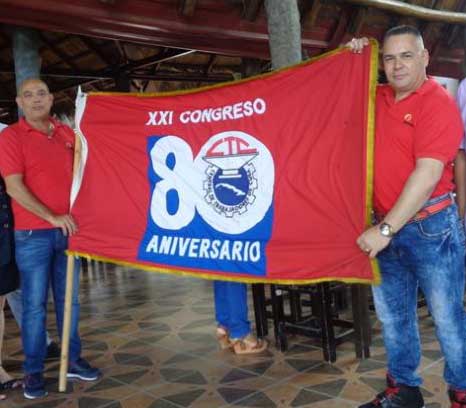
Roughly translated, this organisation is the Headquarters Union of the Workers of Cuba – equivalent to a trade union movement, nominally independent but in practice closely linked to the Communist Party of Cuba. Their logo is sometimes seen in flag form.
UJC – Unión de Jóvenes Comunistas
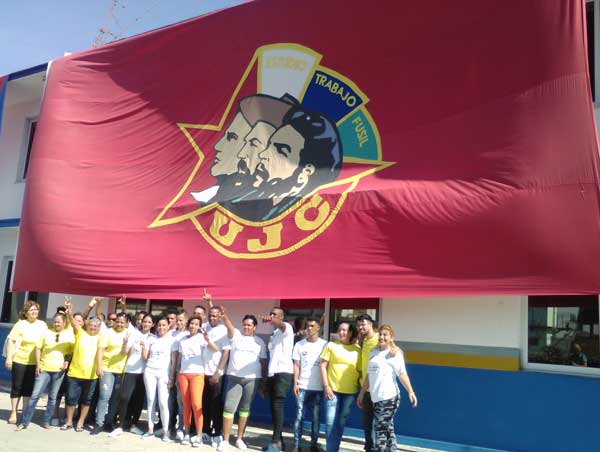
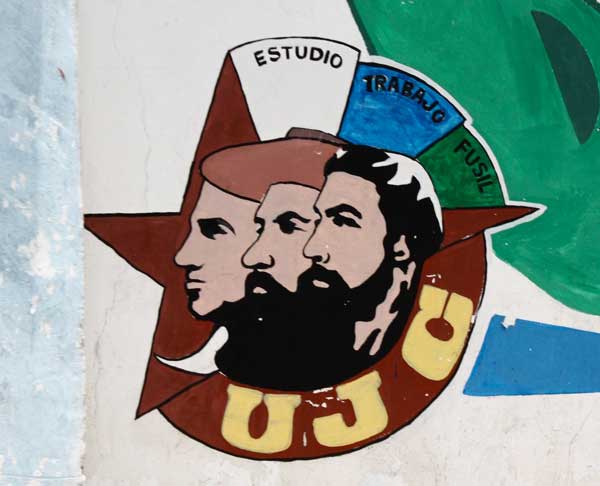
The League of Young Communists is the youth wing of the Communist Party. Young Cubans may be invited to join in their teens; if they show promise and commitment as cadres they might get an invitation to join the grown-up Communist Party in their late 20s. The logo features the faces of Julio Antonio Mella founder of the first Cuban Communist Party in the 1920s; Camilo Cienfuegos, one of Fidel’s brothers-in-arms during the Cuban Revolution, and of course Che Guevara, also a famous revolutionary. The words “estudio, trabajo, fusil” – “study, work, gun” are featured, and the whole is put on a red background to make the flag.
José Martí Pioneers
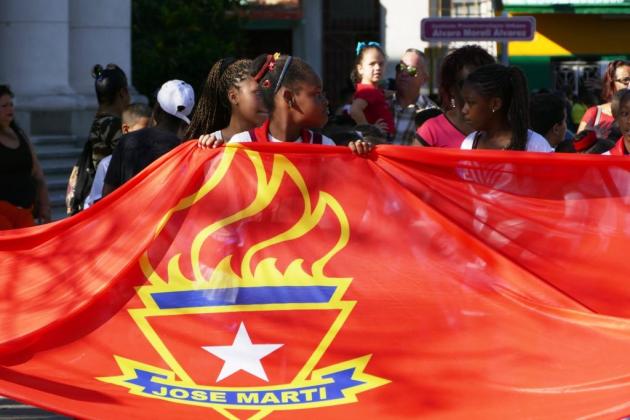
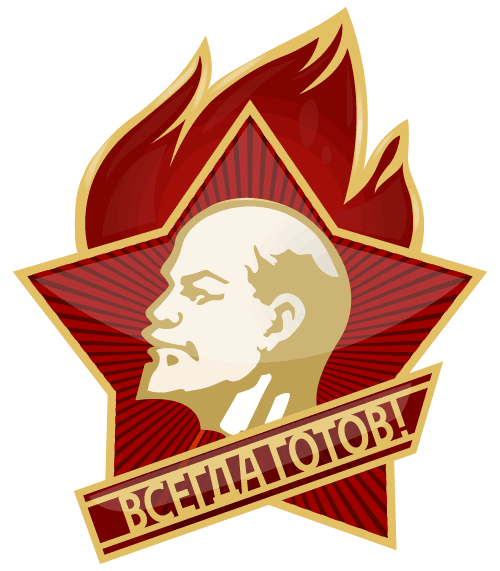
Modelled on the Soviet Union’s Young Pioneers (often described as the Communist Boy Scouts) and dedicated to “developing interest in study, a sense of social responsibility, and love for the homeland and peoples of the world”, almost all Cuban children from primary school up to 9th grade (age 15) are members. Its flag symbolises the loyalty of its members to the cause of Socialism.
Brother flags
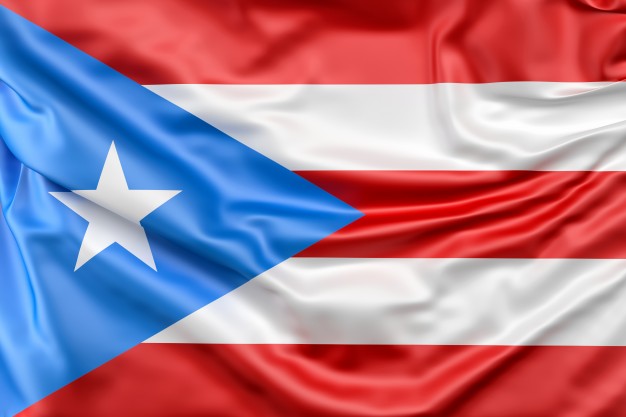
The flag of Puerto Rico is very similar to the Lone Star national flag of Cuba. It simply has the red and blue colours reversed, which is no coincidence. Puerto Rico and Cuba both fought for their independence from Spain in the late 1800s.
The Cuban flags that might be used in the future…
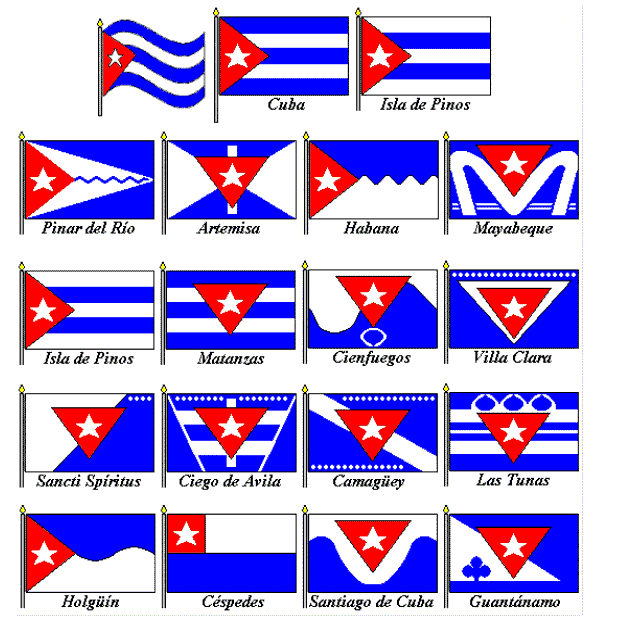
The administrative Provinces of Cuba have been rearranged several times since independence, most recently in 2011. Some of the provinces have flags and some don’t. So here’s a proposal that was made to assign a unique flag to each province, incorporating elements of the national Flag of Cuba!





